- It's Alive - Part 1
- It's Alive - Part 2 (you are here!)
The reason for me building this site, as well as learning web development, was in order to have my own platform with which I can show my design portfolio and talk openly about my thoughts on design and development.
This post describes parts of my journey from student to designer.
Creativity
As I’m sure is the case with many designers and those within any creative industry, my love for creating something out of nothing started from a fairly young age.
Hobbies I’ve had over the years have generally been creative outlets. Since the age of 4 I’ve been musically inclined, I learned piano for 6 years, had a bad experience with clarinet, and then discovered guitar at 11. That was, and still is (14+ years later), one my favourite creative things to do.
Design really became apparent to me later on at school, mostly through having an awesome graphics teacher. Seeing someone passionate about the way things looked and the visual improvements you can see yourself making in your work really stood out to me. Because of that teacher, I took my graphics GCSE which led to A Level Product Design, which in turn led me to my Product Design degree.
Studying Design
Before starting at university, I hadn’t really been learning much about design, I’d just be given a task and told to crack on with it - design a bottle, draw a logo, build a prototype. University opened my mind to the world of design, at a level I never expected.
Technological Principles
I’d struggled a bit with maths at school, mostly because of not being able to apply what I was learning to something real.
I purposefully picked a design course at university that would teach me relevant maths and physics to design, so that I could apply it to improve the quality of my work and make me a more holistic designer.
I found concepts like masses, forces, moments, material strength and material characteristics far more interesting and useful when having real projects to apply the knowledge to - and it definitely helped me later on when working at a design consultancy and as a mechanical design engineer.
User Centred Design
This is where my passion has always been in design, even before I knew the phrase. Creating things to make people's lives easier is why I started on my journey to become a designer.
My first two years at university I completed modules on user centred design, and in my final year, humanistic design studies. I was learning not only about aesthetic design theories like patterns, colours and shapes, but also the philosophy of design and the responsibility designers have in the world.
Philosophical theories around design really fascinate me, both modern and ancient. My final year Humanistic Design Studies exam, in part, allowed me to explore differences in thinking between different designers, from Rowena Kostellow to Charles Holden and Plato to Aristotle.
This broad examination of different design theories helped me to expand my knowledge, and pluck thoughts from previous design thinkers to add to my own ideologies.
Work
I've been lucky enough to gain experience in very different design industries; consumer products and mechanical/automotive, plastic injection moulding and metal fabrication. I've been able to work at all stages of the design process, from conception through to production.
Design Consultancy
My first design job was the role that I'd always imagined whilst studying - at a design consultancy, working on projects from concept, to detailed design, design for manufacture, tooling and production, the full works.
It gave me the opportunity to not only use some design flair but also to think logically, design to a client brief and always have manufacture in mind.
I was able to design products that are actually being used in the world, today, right now, and that gives me huge feeling of accomplishment and pride - I don't even care that the people using things I've designed don't know it was me who worked on it, as long as it's making someone's life just a little better or easier.
Trailers
Having studied and worked mostly in the area of consumer product design and plastic injection moulding, I wanted to expand my knowledge in other areas of design. Therefore I decided to make the move into a job where I could learn about metal fabrication and structural design.
The learning curve was steep, the jump from small consumer products that'll fit into your pocket to heavy haulage trailers with a total capacity of up to 85 tons is rather a big one, as you'd expect. However, I came to realise that although the materials and processes are different, some basic principles remained the same. Strength can be added to a design in the same way, shapes can be formed, humans still use the product.
I feel as though having worked in consumer product design helped to bring a different perspective to my work designing trailers, but more so I feel as though designing structural products every day has given me an understanding that could hugely benefit me in other areas of design too.
Although I took a risk moving away from the path of design I knew, I really feel as though it was beneficial to me looking forward in my design career.
If you missed Part 1 of this series, you can find it here It's Alive - Part 1





